When we redesign the apparatus, we should follow the three levels of government as the common standard of most countries in the world . The 1946 Constitution designed three levels of government and five levels of administration, but unfortunately that apparatus has not been put into operation yet so we have not learned any lessons.
| Editor's note : General Secretary To Lam and the Central Executive Committee have resolutely carried out a revolution to streamline the political apparatus. Vietnam Weekly publishes a series of articles discussing with experts suggesting solutions for this revolution. |
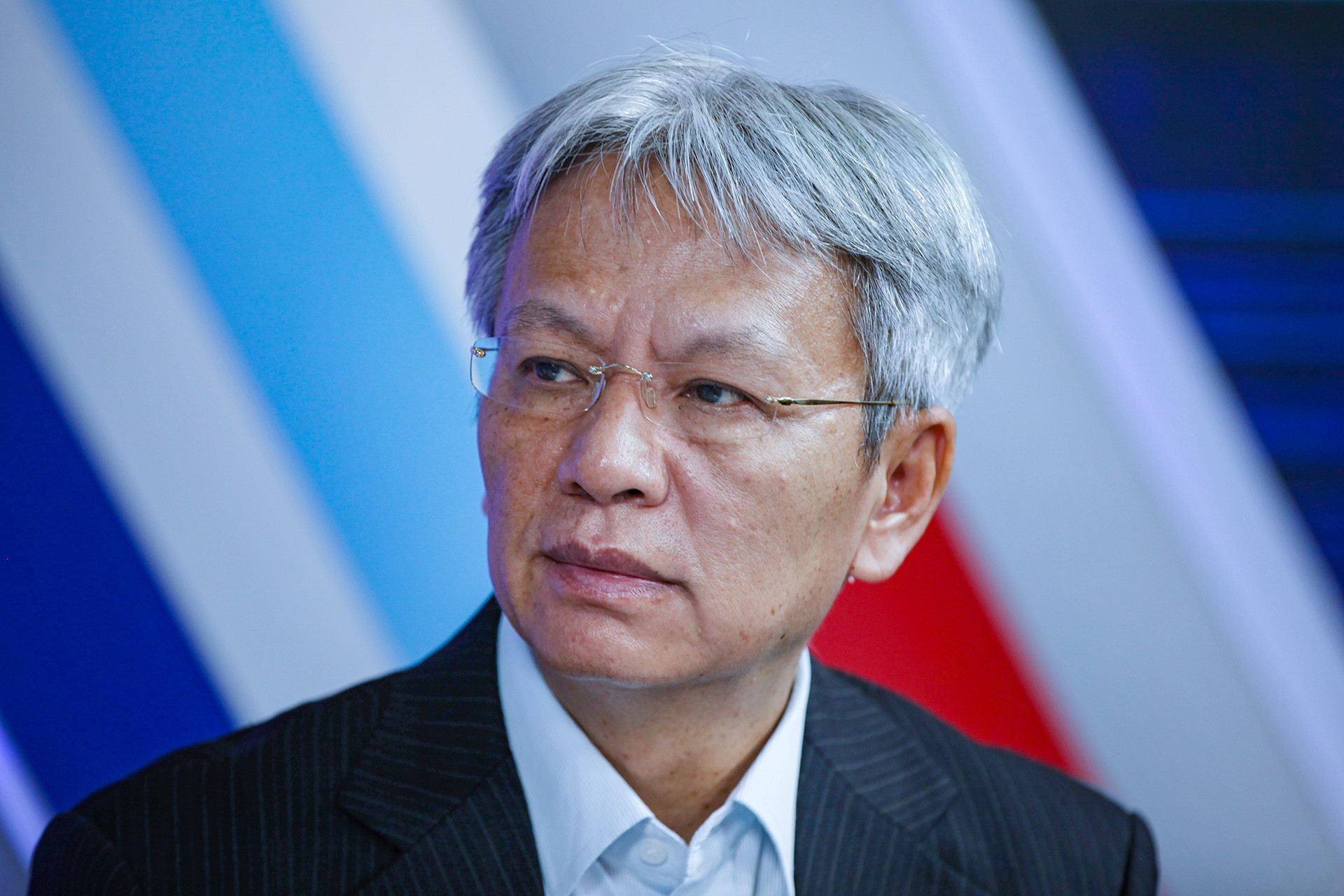
Dr. Nguyen Si Dung: When we redesign the apparatus, we should follow three levels of government as the common standard of most countries in the world. Photo: Le Anh Dung
Another example is the United States, if the central government has its rights, then the states also have their rights. When the states hold any rights, they have the apparatus to execute them, while the central government will not have such an apparatus. Mr. Donald Trump threatened to abolish the US Department of Education because the educational rights mainly belong to the states. The Federal Department of Education mainly has a coordinating and supporting role. The United States has three levels of government: federal, state and local (cities, towns). According to this model, the central government is quite small, with only 15 ministries. The third model is the subsidiarity model. This model means that whatever the lower level can do is assigned to the lower level, only what cannot be done is transferred to the higher level. This model comes from the historical context and specific political philosophy of Germany and Europe. It originates from historical development and reflects how the Germanic kingdoms once united to protect common interests without completely giving up their autonomy. Japan organizes its apparatus according to a subsidiarity model. They only have 13 ministries because the provincial level does everything. Only what the provincial level cannot do, the central level does. Therefore, according to this principle, the central apparatus is also very small, because they have decentralized all power to the localities. Regarding decentralization, from the dozens of countries that I know and have had the opportunity to study, about 80% of countries in the world have three levels of government; 15% of countries have two levels of government; only 5% of the remaining countries have four levels of government. Vietnam is among the fewest. So what is Vietnam's organizational model, sir? Mr. Nguyen Si Dung : Vietnam's model is dual subordination. This is the fourth model in the world. In essence, all former socialist countries followed this model. Our country has followed this model since we promulgated the Constitution in 1960. China also followed this model, but they have innovated a lot. They only have political centralization, but they have strongly decentralized economic power to localities; and therefore, they reform and develop very quickly. Our 2013 Constitution has created a legal foundation for more decentralization to localities, but when making the Law on Organization of Local Government, we have not done this well. How does the dual-subordinate model that our country is following manifest, please describe it? Mr. Nguyen Si Dung : We follow the dual-subordinate model, that is, the apparatus stretches vertically from top to bottom and horizontally, so the apparatus cannot be small. For example, the departments are both under the ministry and under the people's committee. Moreover, we have 4 levels of government, so the apparatus is even larger than that of other countries. Recently, some reforms have been implemented to reduce the levels of government in urban areas. For example, in Da Nang and Ho Chi Minh City, there are basically two levels of government, that is, the central level and the city level; in Hanoi, there are three levels of government: central, city and district. The problem is that these localities only abolish the council. Other systems remain the same. In addition, the law is designed to bloat the apparatus. For example, a public investment project must go through all levels, through the Department of Planning and Investment and related departments, through the People's Committee, through the People's Council, up to the Ministry of Planning and Investment and then to the Government.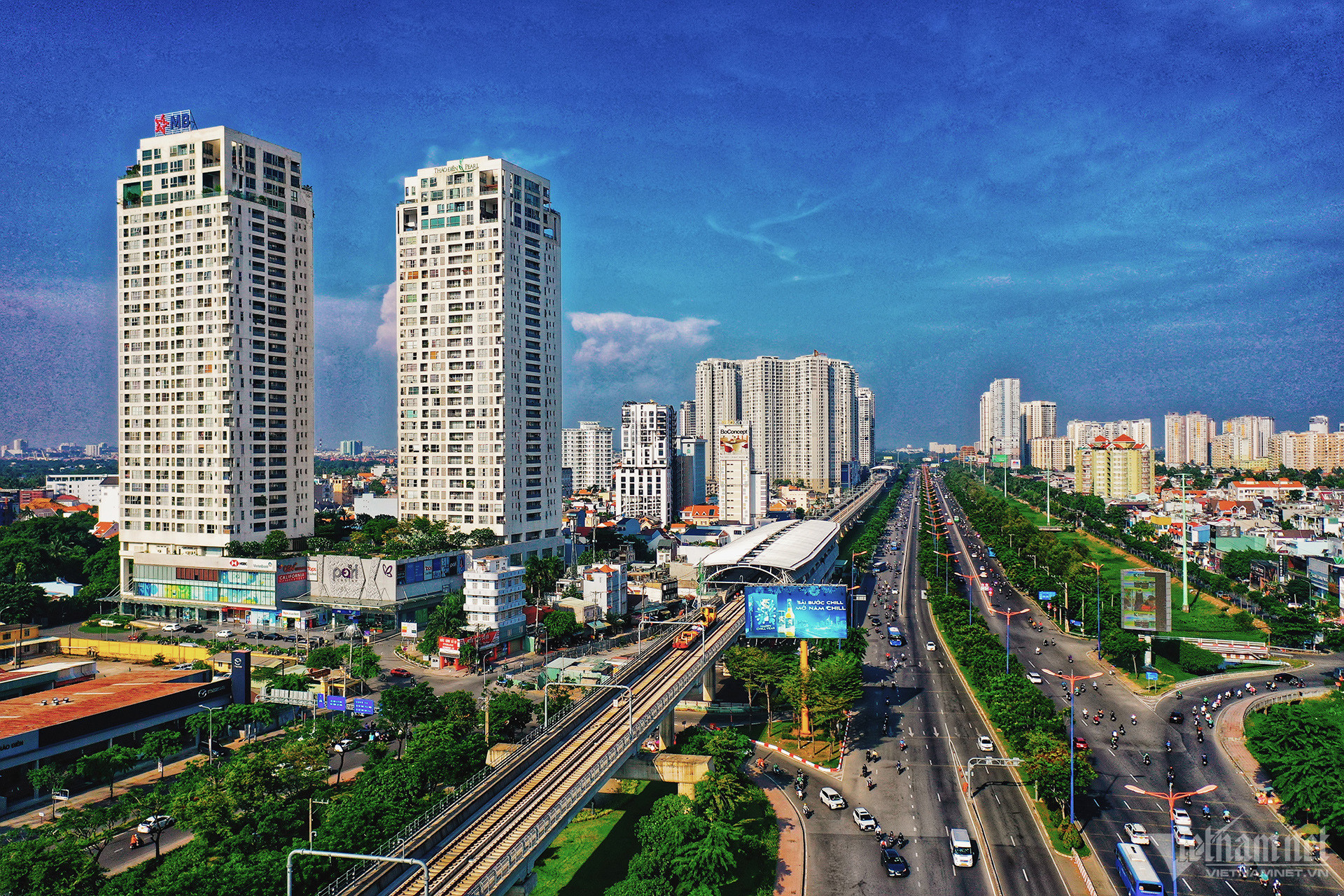
A cumbersome apparatus with a "prohibition" mindset often limits innovation, creativity and efficiency in public activities. Photo: Hoang Giam
I think that, in the future, along with merging ministries, we need to consider amending the law as well, otherwise there will be congestion everywhere. When redesigning the apparatus, in my opinion, we should follow three levels of government as the common standard of most countries in the world. The 1946 Constitution designed three levels of government and five levels of administration, but unfortunately that apparatus has not been put into operation yet, so we have not learned any lessons. Sir, the General Secretary requested to definitely abandon the mindset of "if you can't manage, then ban". How do you think that approach will impact (streamlining) the apparatus? Mr. Nguyen Si Dung : The General Secretary's request to abandon the mindset of "if you can't manage, then ban" is an important innovation, emphasizing the change from restrictive management to facilitation and support. The mindset of "if you can't manage, then ban" leads to the government intervening too deeply in many areas, creating overlapping regulations and complex monitoring mechanisms. This requires a cumbersome apparatus to implement. Shifting from “prohibition” to “facilitation” will reduce the number of unnecessary regulations, leading to a reduction in the workload of management and the human resources in charge. When the state itself takes on or controls every field, the state apparatus will have to expand to handle tasks that can actually be undertaken by society or the market. The “prohibition” mindset leads to the creation of complex processes for control, requiring many intermediary levels and the participation of many agencies. When regulations are simplified and focus on substantive supervision instead of detailed control, unnecessary intermediary agencies will be eliminated, contributing to streamlining the apparatus. A cumbersome apparatus with a “prohibition” mindset often limits innovation, creativity and efficiency in public activities. A flexible management mindset that supports development will encourage agencies and civil servants to proactively seek new solutions, while minimizing stagnation. However, changing management habits based on a “prohibition” mindset requires time and training efforts. While reducing regulations and bureaucracy, transparency and accountability mechanisms need to be strengthened to avoid abuse of power or management oversight.Vietnamnet.vn
Source: https://vietnamnet.vn/viet-nam-theo-mo-hinh-song-trung-truc-thuoc-nen-bo-may-khong-be-duoc-2348250.html


![[Photo] Prime Minister Pham Minh Chinh chairs meeting to deploy overcoming consequences of storm No. 10](https://vphoto.vietnam.vn/thumb/1200x675/vietnam/resource/IMAGE/2025/10/3/544f420dcc844463898fcbef46247d16)
![[Photo] Students of Binh Minh Primary School enjoy the full moon festival, receiving the joys of childhood](https://vphoto.vietnam.vn/thumb/1200x675/vietnam/resource/IMAGE/2025/10/3/8cf8abef22fe4471be400a818912cb85)



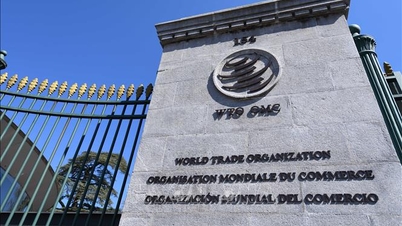

![[Photo] Students of Binh Minh Primary School enjoy the full moon festival, receiving the joys of childhood](https://vphoto.vietnam.vn/thumb/402x226/vietnam/resource/IMAGE/2025/10/3/8cf8abef22fe4471be400a818912cb85)

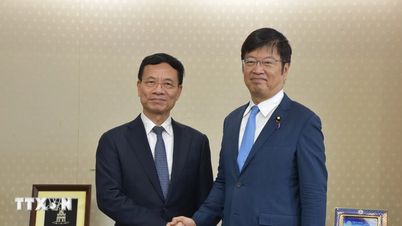


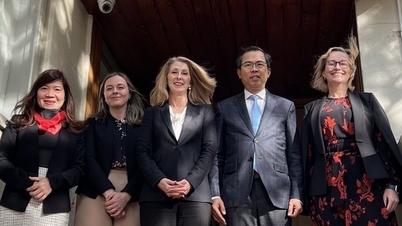
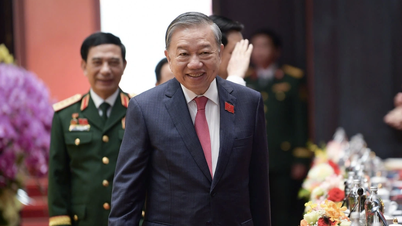



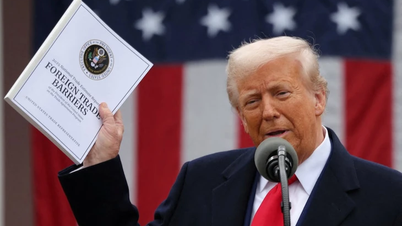

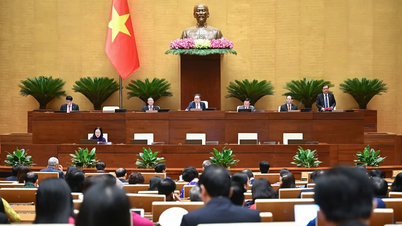
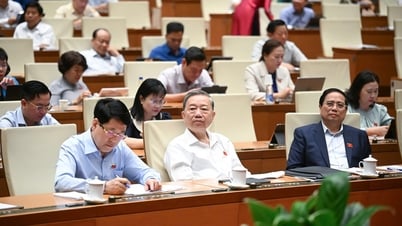













































































Comment (0)